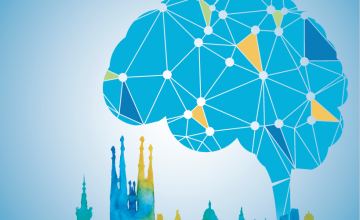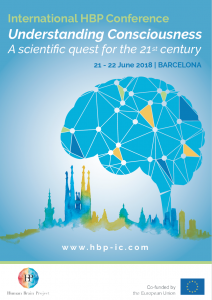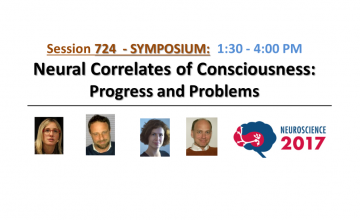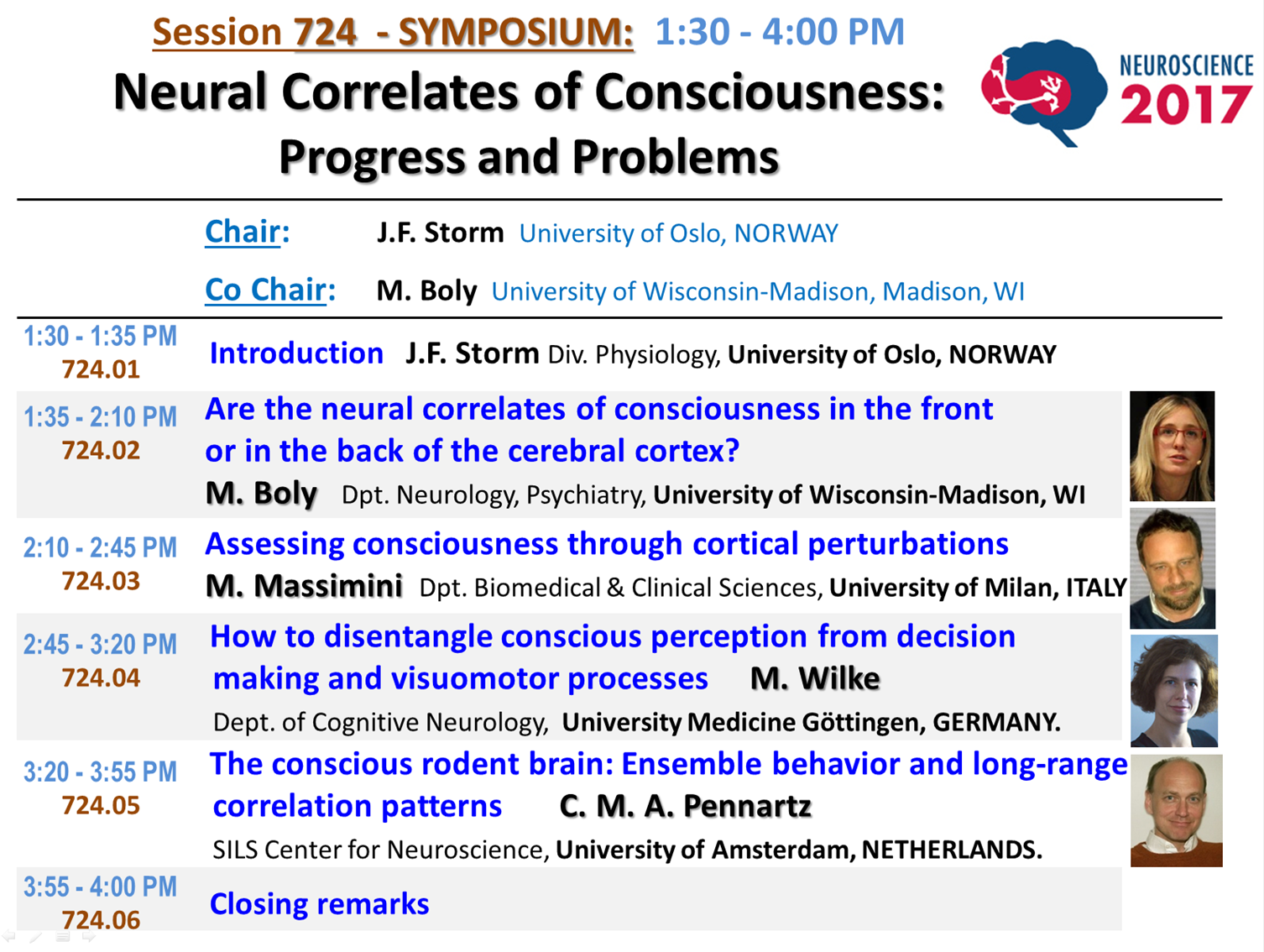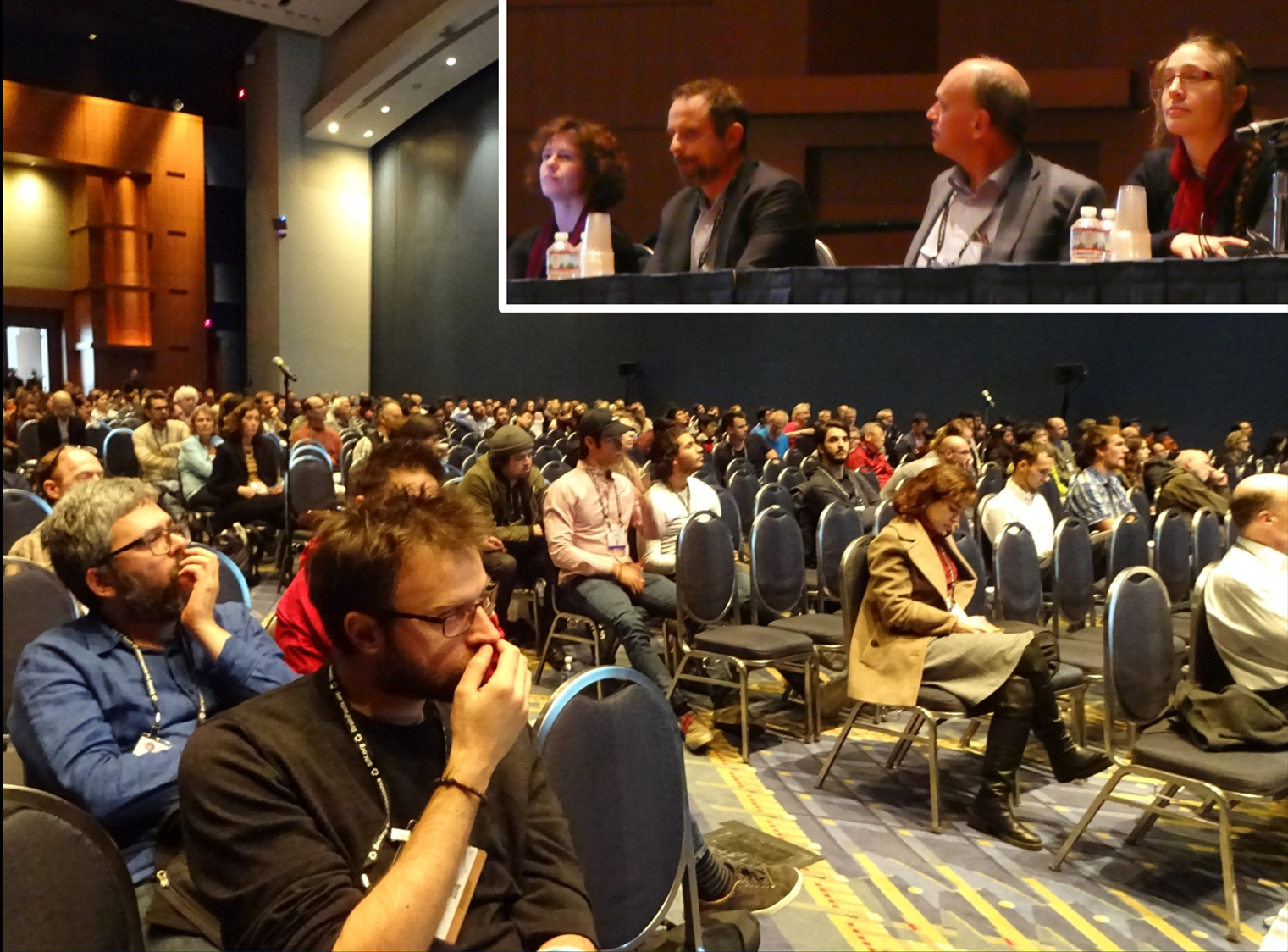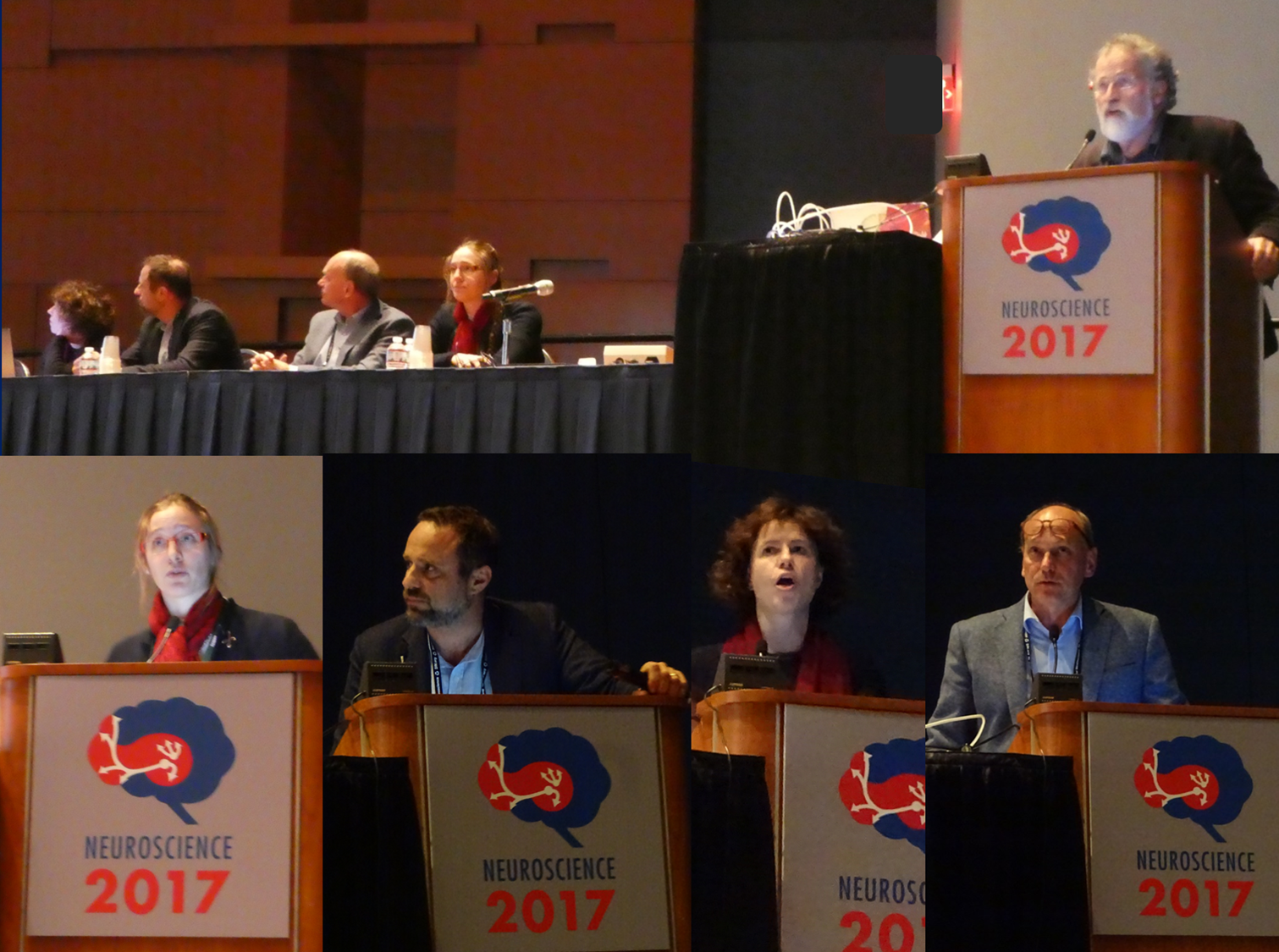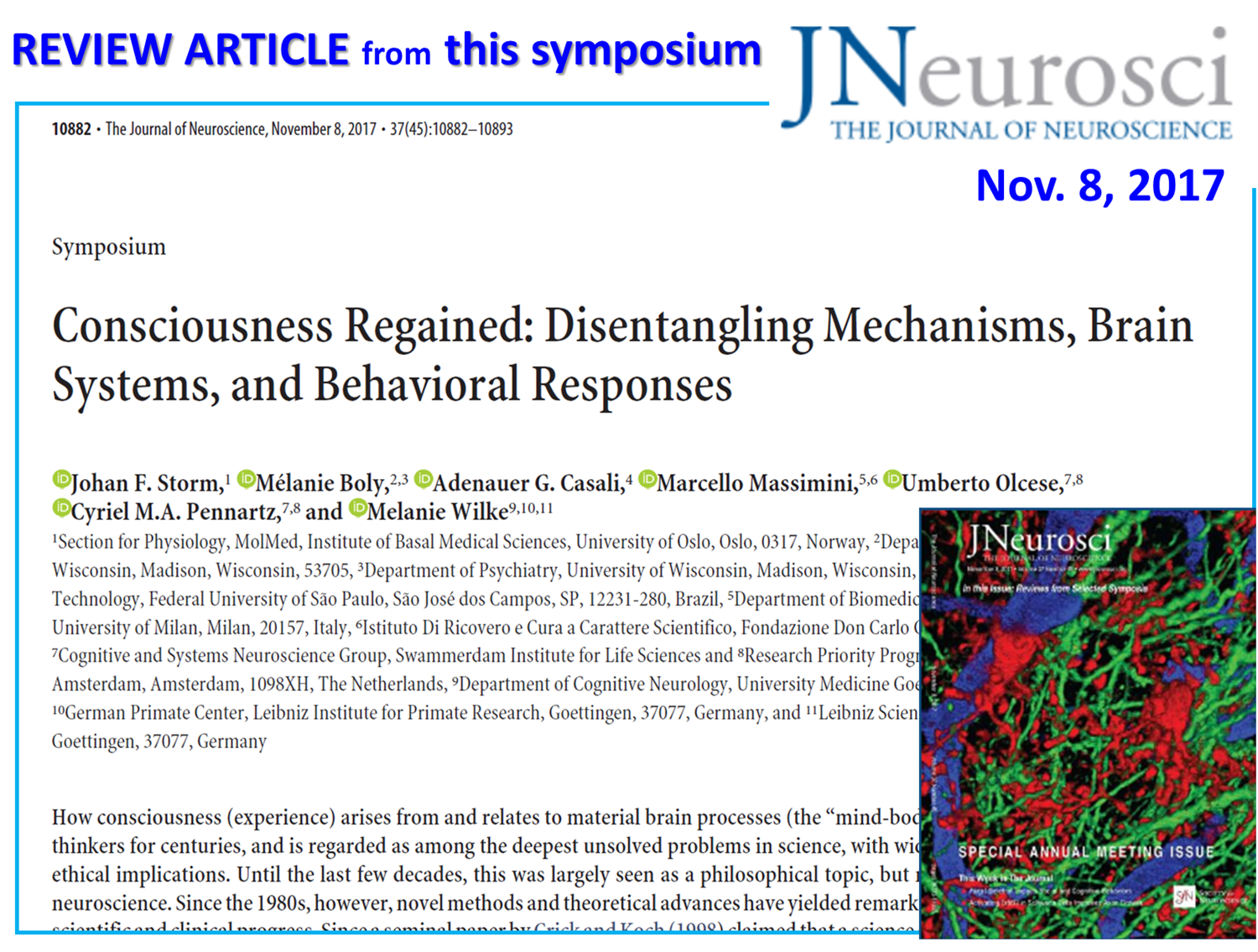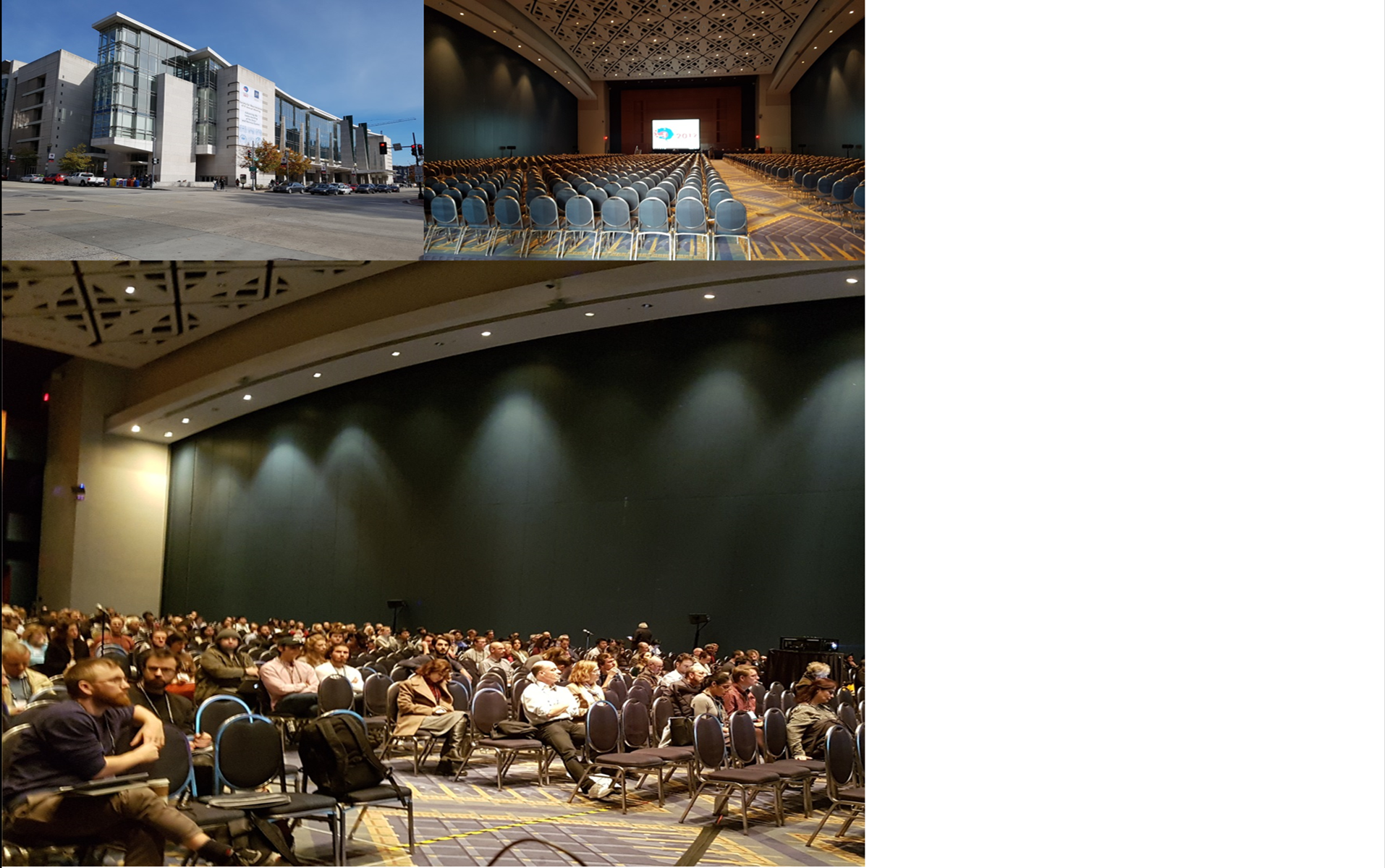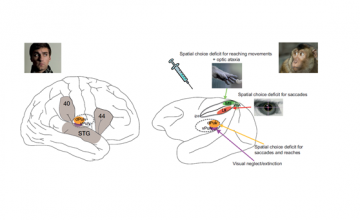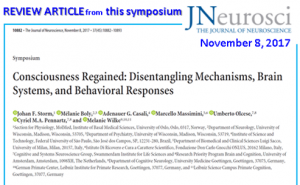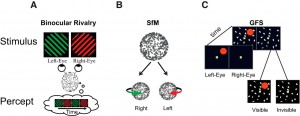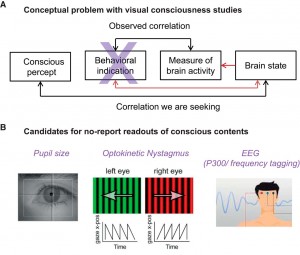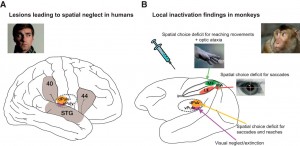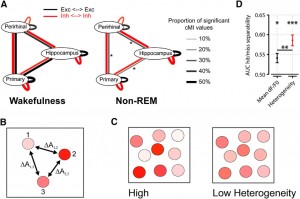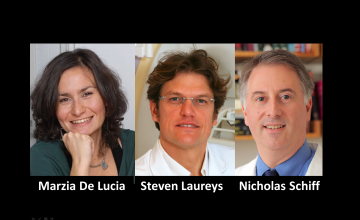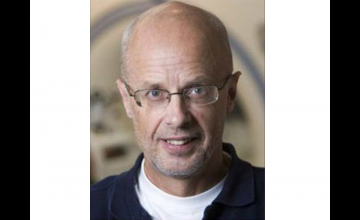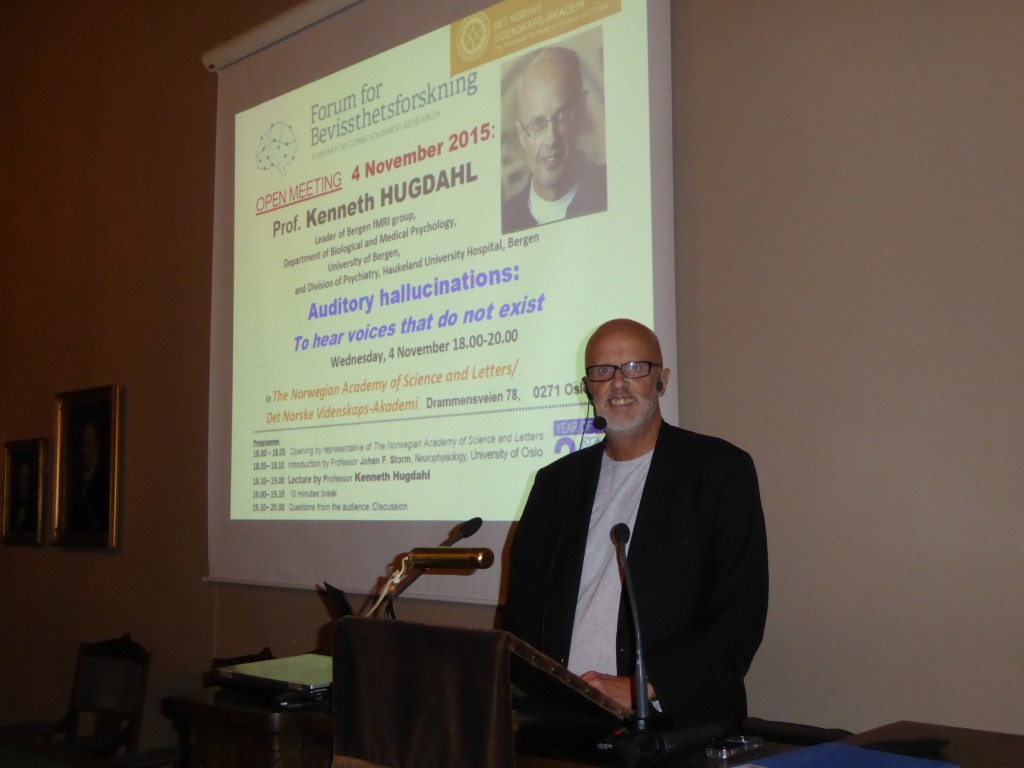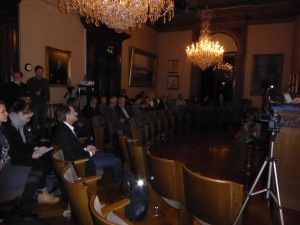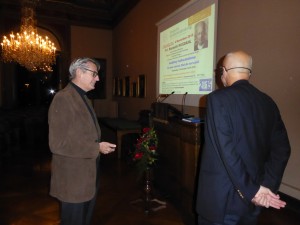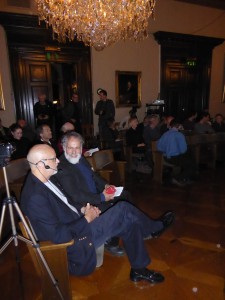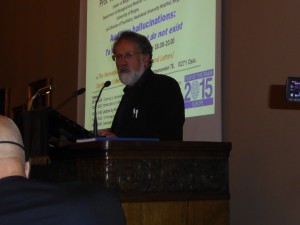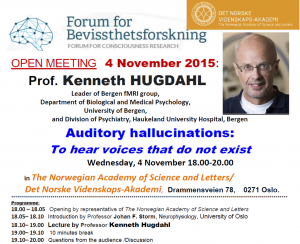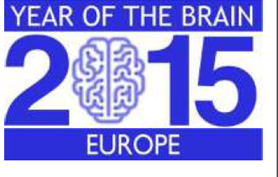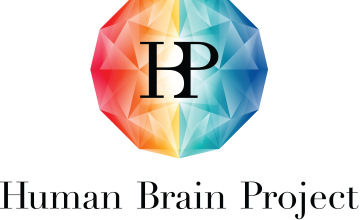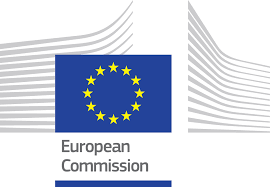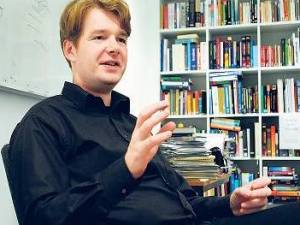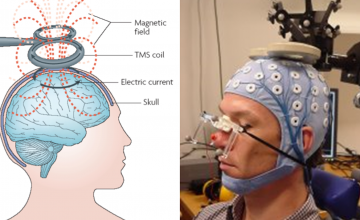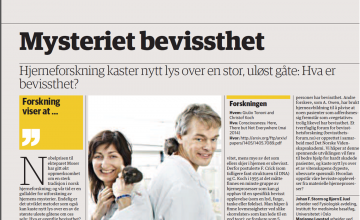Human Brain Project (HBP) invites scientists, physicians, philosophers and students to join project’s first large international conference devoted to the understanding of consciousness.
The conference will focus on fundamentals and theory, experimental studies, computational models, and clinical-societal implications of consciousness research. This is the first in a series of large, HBP international conference.
How does our subjective experience emerge from the brain? How does consciousness relate to the physical world? These age-old, deep questions are now at last being addressed directly and broadly by neuroscience and will become crucial in the decades to come.
Where does consciousness arise? Where is the boundary between insentient matter and a spark of subjectivity? The spectrum of consciousness-related conundrums is rapidly expanding: we are saving islands of human brain from devastating injuries, growing cerebral organoids in a vat, and building intelligent machines that perform faster and better than any healthy subject.
Society needs to be scientifically and culturally prepared to face these emerging questions. To do so, an approach with the broadest scope is needed: diverse theoretical frameworks, brain anatomy, physiology, and chemistry across scales and species, detailed and large-scale computer simulations, deep learning, neuromorphic computing, robotics, clinical neurology, anaesthesiology, psychology, behavioural, computational, and philosophical analysis must interact and blend on a single infrastructure.
In the European Human Brain Project, a number of teams work together on consciousness and related questions, connecting neuroscience, philosophy, and technology. At the conference this research will be presented and discussed, along with presentations by world-leading scholars from outside the project, like Karl Friston, and David Chalmers, Ned Block, Rodolfo Llinas, Wolf Singer, Emery Brown, Olaf Blanke.
Programme and Further Information
- Programme
- All further details can be found on the conference website.
- The HBP website features interviews with two of the organizers, neuroscientist Marcello Massimini and philosopher Kathinka Evers .
- A press release on a recent study in Science by HBP scientist Prof. Pieter R. Roelfsema, one of the speakers at the conference, can be found here.

